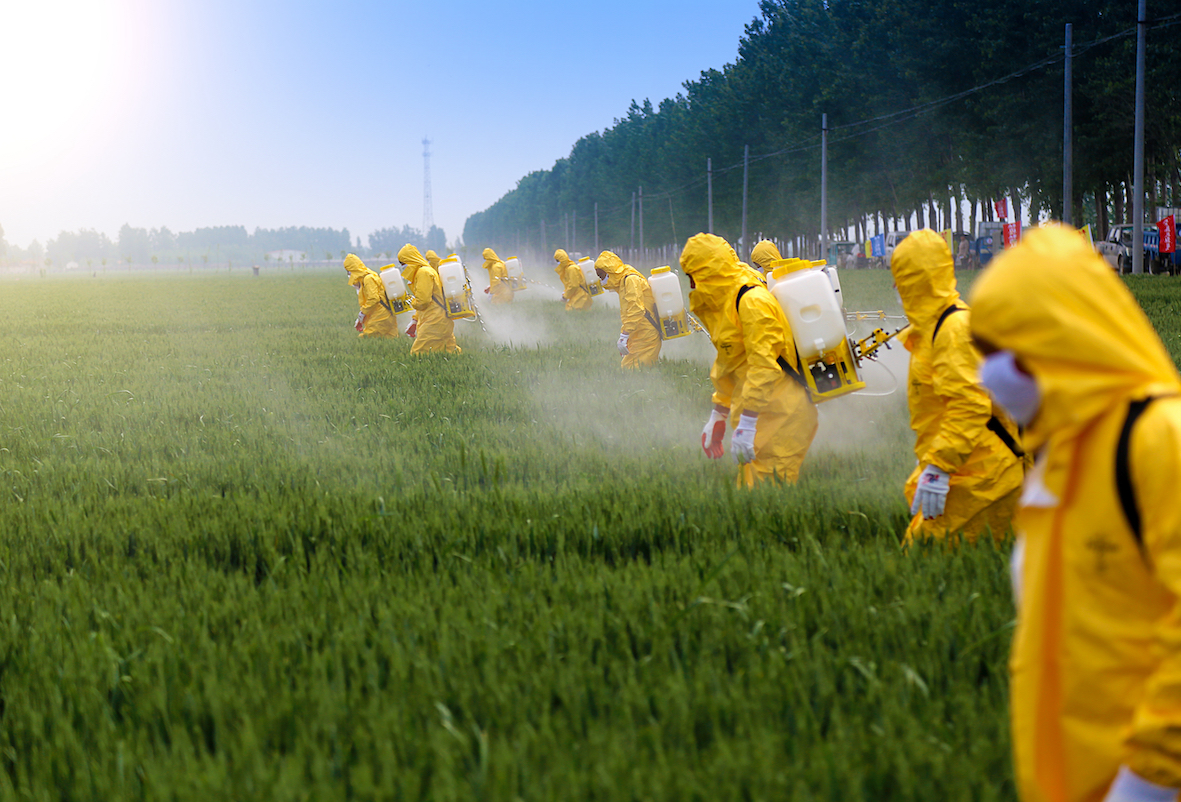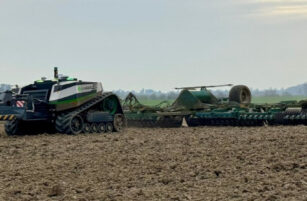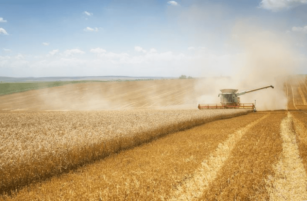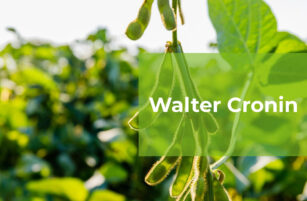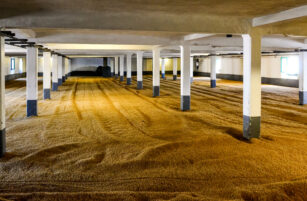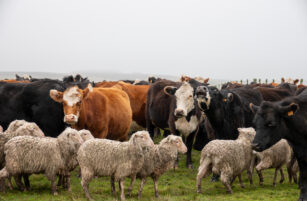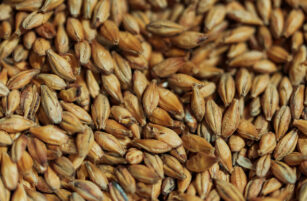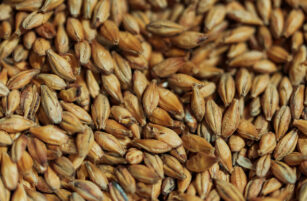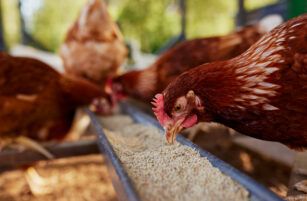- Last time, we spoke about Integrated Pest Management (IPM) and its various pitfalls.
- Here, we delve into some of the pesticide alternatives.
- Good agricultural practice and new technologies can boost yields sustainably.
Beneficial Insects
Most people are aware that pollinating insects, such as bees and butterflies, are beneficial.
Fewer would consider a fly to be so.
And yet, there are beneficial flies, such as the Black Soldier Fly (BSF) (Hermetia illucens), which are deliberately reproduced in ‘fly farms’ and ‘fly factories’.

The larvae of the BSF are big eaters and are used to compost food and agricultural waste. When the larvae have completed that stage of their development, they stop eating and seek out cool and dark places.
By placing ramps on the composting bin the prepupa (between the larval period and the pupal period) will self harvest, using the ramps to go to collecting bins where they can be used as a variety of protein sources, such as in fish and poultry feed.
Unlike houseflies, BSF are not attracted to humans, only green waste, and don’t carry disease. They can even purge biomass from heavy metals.
If bees and BSF are extreme examples, they serve as a model of developing a mindset that doesn’t immediately reach for an insecticide to solve a problem.
A Case Study: Potato Cyst Nematodes (PCN)
PCN is one of the best examples of SIA principles at work. After rice and wheat, potatoes are the third most important global food crop providing protein, carbohydrates and minerals. PCN are 1mm roundworms/eelworms that live and feed on the roots of Solanaceae, including potatoes, tomatoes, aubergines and peppers.
It’s a particularly damaging pest and to understand its control requires knowledge of its lifecycle. Without intervention, losses can be up to 80%.
The individual cysts provide a protective layer for typically 500 eggs. When the potato plant releases a chemical called an ‘exudates’, the eggs hatch and feeding starts, although the exact mechanism of the exudate process is not known. This is the time when the sex of the larvae is determined with males remaining free, living in the soil and females starting to swell and split the surrounding plant tissue and roots.
Eventually, the head end of the PCN female remains inserted in the root and the tail end is protruding and is fertilized by the males. The new cysts fall off the root, waiting for the next attack, and can remain in the soil for up to 15 years. This event happens once a year in temperate climates (monocyclic). With no control measures, multiplication is around one hundred fold for each cycle.

To further complicate matters, in many cases, the use of the normally desirable precision agriculture techniques may not be appropriate as it’s difficult to detect low levels of PCN, meaning remedies often have to be applied to the whole field.
Agrochemical treatments traditionally required the use of some of the most noxious chemicals including organophosphorus compounds, such as aldicarb or fosthiazate, or carbamate such as oxamyl. Aldicarb is no longer used but fosthiazate and carbamate still are. All these chemicals have poor environmental profiles. They’re also extremely hazardous to the applicator requiring full protective equipment and human fatalities do occur. A recent significant improvement has been the introduction of much safer for humans, fluopyram, which is also a weapon against resistance and has an Environmental Impact Quotient (EIQ) of 13.33 compared to oxamyl at 33.33.
Perhaps there’s a better way to achieve SIA goals? It’s possible to use ‘disruptor technology’. The composting ramps for the BSF larvae earlier is an example of this. In the case of PCN, the disruption fools them that the exudate signal is safe for breeding. The simplest method is to plant a crop of potatoes, let the exudation occur and then remove the crop before feeding occurs causing mass starvation.

Two other developing and different methods have potential for commercial use. The first is clever and has been studied in Japan. It’s to create a synthetic exudate and this has promising commercial possibilities. This involves the use of streroidal glycoalkaloids and their aglycones (solanoeclepin A – SEA), which PCN recognize as exudates and start hatching only to discover they have been fooled and starve. This is called ‘suicidal hatching from trap cropping’. Then, the ‘real’ crop of potatoes can be safely planted.
A second method is to find agents that can attack PCN. In one example in Oregon (USA), two biological control fungi, Trichoderma harzianum or Plectosphaerella cucumerina have shown promise in laboratory experiments.
In the UK, research at Harper Adams University has demonstrated that brassica cover crops, such as mustard, when macerated and ploughed in, work as a biofumigant because the gasses produced by glucosinolates in brassica crops are toxic to PCN. Although ploughing is not desirable in SIA, there would be other methods of incorporation worth studying or a synthetic equivalent created.

On top of this higher end science, there are some simple precautions that can also be taken. Where PCN is a risk, longer rotations of potatoes (five to nine years), selecting varieties that show better resistance to PCN and selecting guaranteed PCN free seed tubers are all good practices. PCN aren’t particularly mobile in the soil and are frequently spread on machinery, footwear, and the tubers themselves, so good hygiene has a role to play.
Conclusion
Using a combination of good agricultural practice and taking advantage of scientific breakthroughs can result in reducing dependency on pesticides, producing better sustainability, and increasing yields as part of an SIA approach.

Other Opinions You May Be Interested In…

